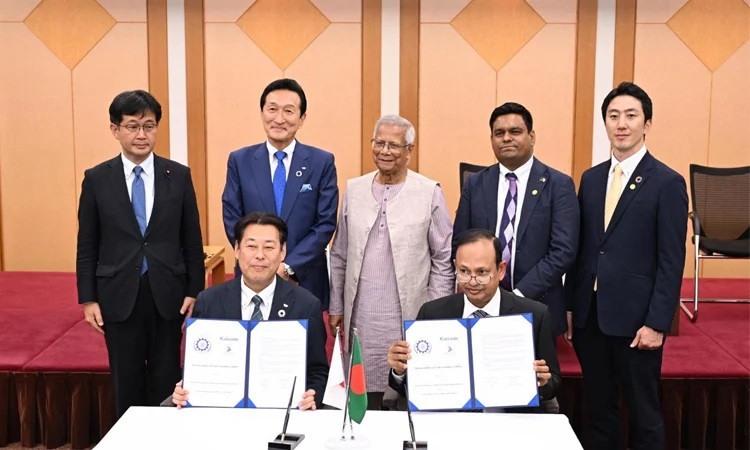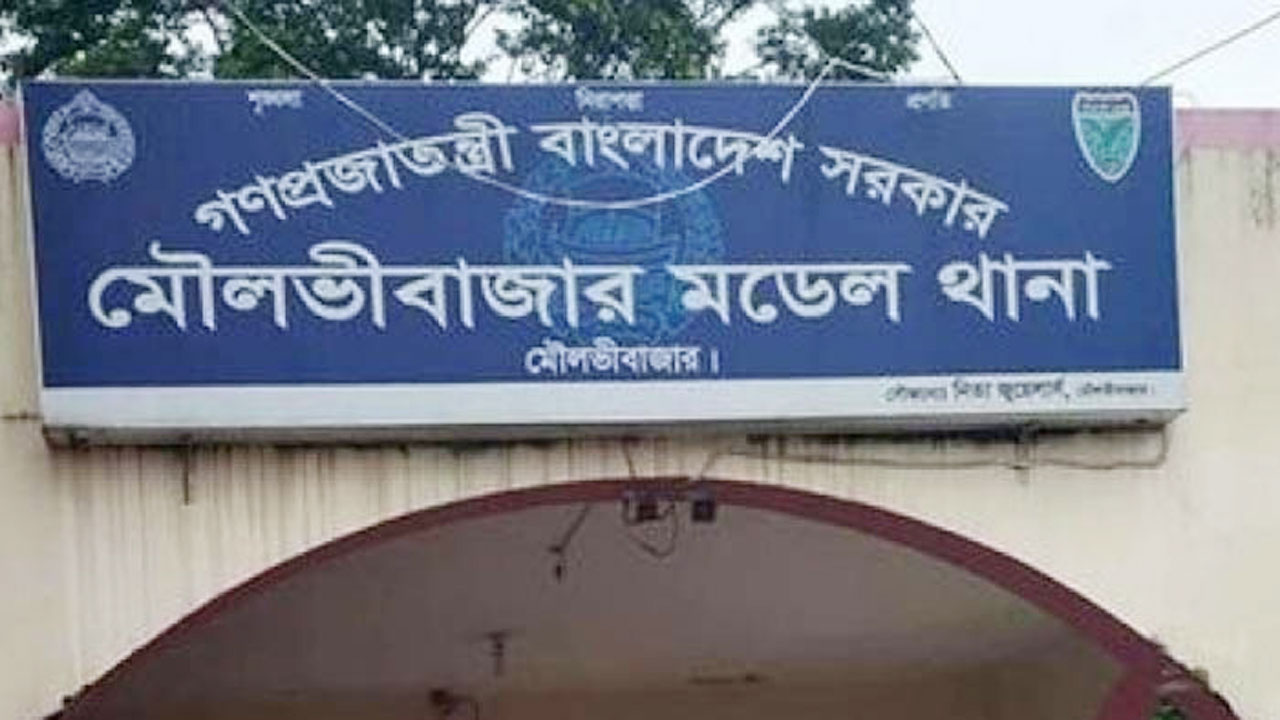
In a major development set to boost employment opportunities for Bangladeshis, Japan has announced plans to recruit at least 100,000 workers from Bangladesh over the next five years to address its growing labour shortage.
The announcement was made during a seminar titled “Bangladesh Seminar on Human Resources”, held at the Toshi Kaikan conference hall in Tokyo on Thursday. The event brought together officials, business leaders, and policymakers from both countries to explore avenues for labour cooperation.
Chief Adviser of the Interim Government, Professor Muhammad Yunus, who was present at the seminar, expressed his enthusiasm about the initiative. “This is going to be the most exciting and inspiring day for me,” he said. “It will open the door for Bangladeshis not only to work in Japan but also to experience and understand Japanese society.”
During the event, two Memorandums of Understanding (MoUs) were signed to formalize the recruitment process. The first was signed between Bangladesh’s Bureau of Manpower Employment and Training (BMET) and Kaicom Dream Street (KDS), a Japan-Bangladesh joint venture. The second MoU involved BMET, Japan’s National Business Support Combined Cooperatives (NBCC)—a federation of over 65 Japanese companies—and the Japan Bangla Bridge Recruiting Agency (JBBRA).
“This gathering is about opening the door,” said the Chief Adviser, highlighting the potential of Bangladesh’s youthful population. “We are a nation of 180 million people, and half of them are under the age of 27. It is the government’s responsibility to create pathways for them.”
Mitsuru Matsushita, Representative Director of Shizuoka Workplace Environment Improvement Cooperative, noted that Japanese companies are increasingly showing interest in Bangladeshi workers. “Bangladeshi talents hold great potential. It is our duty to nurture that talent,” he said.
Mikio Kesagayama, Chairman of NBCC, shared his longstanding connection with Bangladesh, recalling how Professor Yunus had visited Japan 14 years ago to discuss microcredit and social development. “Over the past three decades, we have been looking for a quality workforce. We now see that in Bangladesh. In the next five years, we are prepared to welcome more than 100,000 Bangladeshi workers,” he said.
Miki Watanabe, President of the Watami Group, also laid out future plans. He said their training school in Bangladesh currently trains around 1,500 students annually and that they aim to increase this number to 3,000. With the right technical education, these trainees could soon enter the Japanese workforce.
Hiroaki Yagi, Chairman of the Japan International Trainee & Skilled Worker Cooperation Organisation (JITCO), emphasized the opportunities and challenges ahead. He noted that one of the main hurdles for Bangladeshi workers is the shortage of qualified Japanese language instructors in Bangladesh.
Niki Hirobumi, State Minister of Japan’s Ministry of Health, Labour and Welfare (MHLW), highlighted Japan’s demographic challenge. “Japan is facing a declining population. We will need the support of a young and capable workforce from countries like Bangladesh,” he said. “This collaboration can be mutually beneficial.”
In his welcome address, Daud Ali, Bangladesh’s Ambassador to Japan, said the labour shortage in Japan could reach 11 million by 2040, presenting a long-term opportunity for Bangladesh to send skilled workers abroad.
This growing partnership signals a significant step toward strengthening economic ties between the two nations, with employment, skills development, and migration playing a central role in the evolving relationship.








